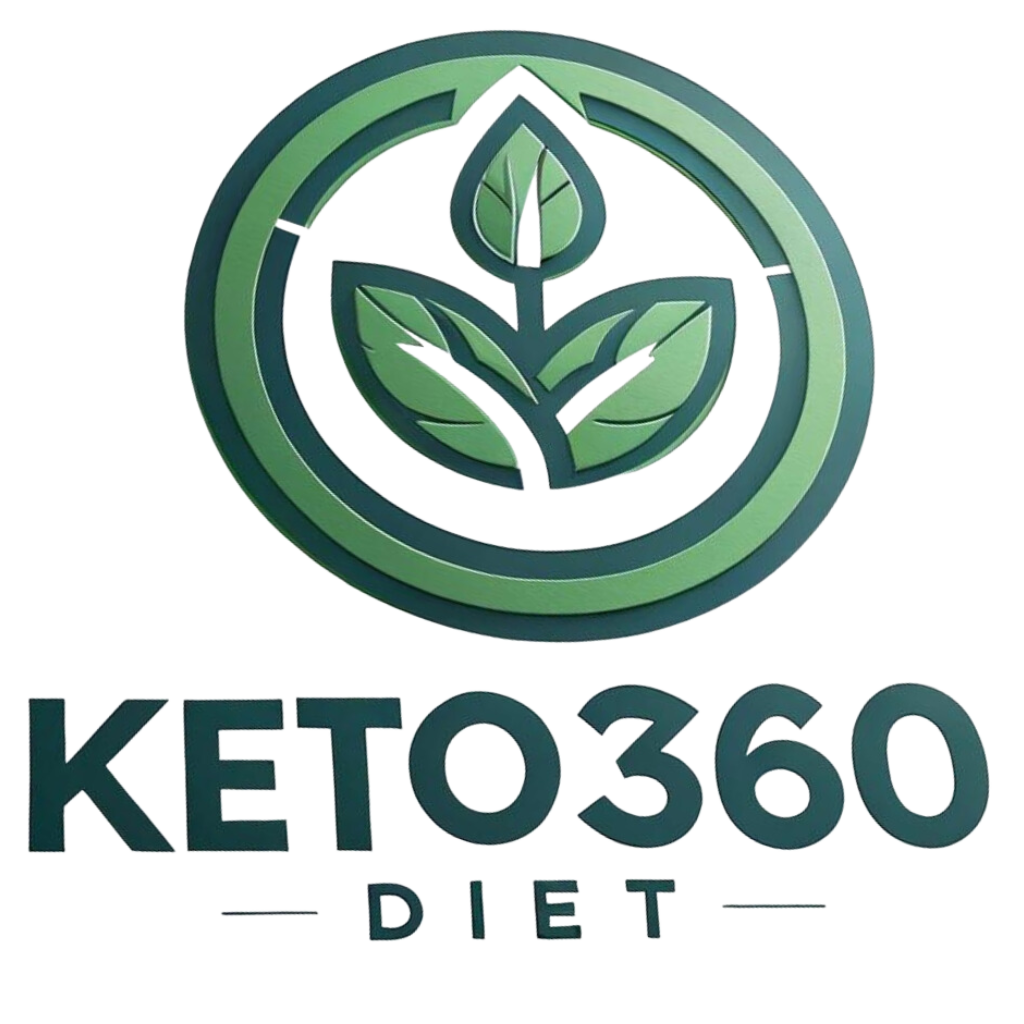In a world where health trends come and go faster than the blink of an eye, intermittent fasting has emerged as a resilient contender, captivating individuals seeking to optimize their well-being. This fascinating dietary approach, which cycles between periods of eating and fasting, has sparked a flurry of research and debate, notably concerning its influence on cholesterol levels. As heart health continues to be a paramount concern in our society, understanding the intricate connection between intermittent fasting and lipid profiles becomes increasingly essential. Does this regimen hold the key to healthier cholesterol levels, or do the poetic promises of better health mask a more complex reality? In this article, we delve into the science of intermittent fasting and its potential effects on cholesterol, unraveling the facts to provide a clearer picture of its role in modern nutrition and cardiovascular health.
Understanding the Mechanisms Behind Intermittent Fasting and Cholesterol Regulation
Intermittent fasting (IF) has emerged as a popular dietary strategy, not onyl for weight management but also for its potential effects on various health parameters, including cholesterol levels. The mechanism by which intermittent fasting influences cholesterol involves a series of metabolic adaptations. During the fasting period, the body’s insulin levels drop, leading to enhanced fat oxidation as energy stores are mobilized. This results in a decrease in the synthesis of very-low-density lipoprotein (VLDL) cholesterol, which is a precursor to low-density lipoprotein (LDL) cholesterol—often referred to as “bad” cholesterol. Additionally, studies suggest that fasting may help improve liver function, which is crucial for cholesterol regulation, perhaps leading to improved lipid profiles in the long term.
Moreover, intermittent fasting can stimulate several beneficial biochemical pathways that further impact cholesterol metabolism. For instance, the increase in ketone body production during fasting serves as an choice energy source, which may inhibit cholesterol synthesis. Furthermore,fasting has been shown to upregulate genes involved in the breakdown of cholesterol,thereby promoting a healthier balance of high-density lipoprotein (HDL) and LDL levels. The following key points underscore the primary mechanisms at play:
- Insulin Sensitivity: Improved sensitivity may lower blood cholesterol.
- Fat Oxidation: Enhanced mobilization of fat reserves reduces VLDL production.
- Liver Function: A healthier liver supports cholesterol processing.
- Kotone Production: Ketones may inhibit new cholesterol synthesis.
- Gene Regulation: Upregulation of cholesterol transporter genes.

Comparative Insights: Intermittent Fasting Versus Traditional Diets for Heart Health
When comparing intermittent fasting with traditional diets in the context of heart health, the effects on cholesterol levels present a compelling case for both approaches. Intermittent fasting has shown promise in reducing levels of LDL (low-density lipoprotein) and increasing HDL (high-density lipoprotein). This unique eating pattern encourages periods of caloric restriction, resulting in metabolic shifts that may enhance lipid profiles. In contrast, traditional diets, which often emphasize continuous food intake with balanced macronutrient ratios, can be effective as well, but they heavily depend on the types of foods consumed. For instance, the inclusion of whole grains, healthy fats, and fiber-rich fruits can support better cholesterol management.
in examining the overall effectiveness, several key factors come into play: adherence, individual metabolism, and the quality of food choices. In a nutshell, the following aspects highlight the divergences between the two methods:
- duration of Food Intake: Intermittent fasting limits eating windows, while traditional diets allow for regular meal times.
- Caloric Awareness: Fasting may promote awareness of hunger cues, contrasting with traditional dieting’s focus on portion control.
- Nutrient Timing: eating patterns can considerably influence metabolic health; intermittent fasters may reap benefits from optimized timing.
| Diet Type | Affect on LDL | Effect on HDL |
|---|---|---|
| Intermittent Fasting | Reduces | Increases |
| Traditional Diets | Varies with Choices | Can Improve |

personalizing Your Intermittent Fasting Approach to Optimize Cholesterol Levels
When tailoring your intermittent fasting (IF) regimen to manage cholesterol levels, it’s essential to consider individual differences in metabolism, dietary preferences, and lifestyle. Here are some key strategies to personalize your approach:
- Choose the Right Fasting Window: Selecting a fasting schedule that fits your daily routine can enhance adherence. Common windows include 16/8, 5:2, or eat-stop-eat.
- Incorporate Healthy Fats: Focus on consuming sources of omega-3 fatty acids, such as salmon, walnuts, and flaxseeds, during eating periods to support cardiovascular health.
- Monitor Portion Sizes: It’s easy to overeat during eating windows. pay attention to portion sizes, particularly with high-calorie foods, to maintain a balanced intake.
- Consider Whole Foods: Prioritize whole, unprocessed foods over highly processed options, which can negatively impact cholesterol levels.
To further fine-tune your intermittent fasting strategy, tracking your cholesterol levels and adjusting your fasting and eating patterns accordingly is beneficial. Here’s a fast reference table to help you visualize how different fasting approaches might align with cholesterol management:
| Fasting Method | Potential Benefits for Cholesterol |
|---|---|
| 16/8 | Regular eating window promotes routine,supports heart-healthy meals. |
| 5:2 | Reduces overall caloric intake, may lower LDL cholesterol. |
| Alternate Day Fasting | Important improvements in lipid profiles, including triglycerides. |

Integrating Sustainable Practices: Long-Term Strategies for Maintaining healthy Cholesterol through Intermittent Fasting
Integrating sustainable practices into your lifestyle can have a profound impact on maintaining healthy cholesterol levels while engaging in intermittent fasting. One effective approach involves focusing on nutrient-dense foods during your eating windows. By prioritizing whole foods such as fruits, vegetables, whole grains, and healthy fats, you can optimize your body’s ability to manage cholesterol effectively.Consider the following guidelines for your meals:
- Emphasize Omega-3 Fatty Acids: Include sources like salmon, walnuts, and flaxseeds.
- Incorporate Soluble Fiber: Choose oats, beans, and apples to help reduce cholesterol absorption.
- Avoid processed Foods: Minimize intake of trans fats and sugary snacks that can elevate cholesterol.
Moreover, mindful eating during your designated eating periods is essential. Take the time to enjoy your meals, which can enhance digestion and satisfaction, ultimately contributing to better metabolic health. Coupled with intermittent fasting, this practice may lead to improved lipid profiles over time. Implementing a structured plan can assist in tracking progress. the following table presents a simple weekly schedule to help guide your intermittent fasting approach:
| Day | Fasting Hours | Eating Window |
|---|---|---|
| monday | 16 | 12 PM – 8 PM |
| Tuesday | 16 | 12 PM – 8 PM |
| Wednesday | 18 | 1 PM – 7 PM |
| Thursday | 16 | 12 PM – 8 PM |
| Friday | 20 | 2 PM - 6 PM |
| Saturday | 16 | 12 PM - 8 PM |
| Sunday | No Fasting | Regular Meals |
Wrapping Up
the intriguing relationship between intermittent fasting and cholesterol levels highlights a promising avenue for those seeking to enhance their health. While research continues to unfold, the evidence suggests that this eating pattern may play a beneficial role in regulating cholesterol, potentially reducing the risk of cardiovascular diseases. As with any dietary change, individual responses can vary, emphasizing the importance of personalized approaches to health and nutrition.Whether you’re considering intermittent fasting as a lifestyle choice or simply curious about its effects, it’s essential to consult healthcare professionals to ensure it aligns with your unique needs. Ultimately, the path to better health is not one-size-fits-all, and informed decisions remain key to navigating the complexities of dietary interventions. As we continue to explore the science of nutrition, intermittent fasting might just be one of many tools in our ever-evolving quest for wellness.

